|
Bucker Bu 181 C-2 Panzerjagers
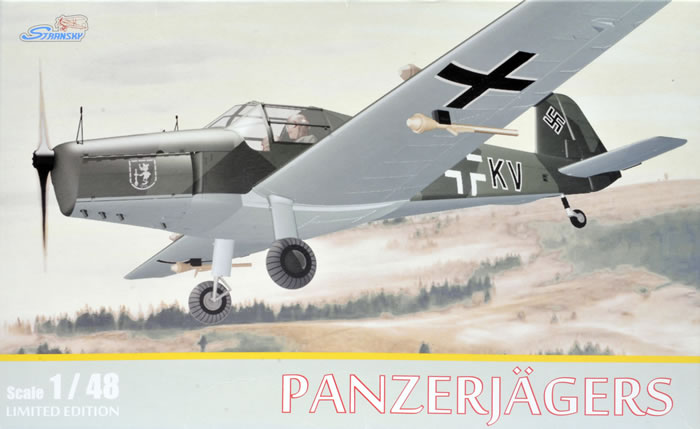
Stransky, 1/48 scale
S u m m a r y : |
Catalogue Number: |
Stransky Kit No. LE001 – Bucker Bu 181 C-2 Panzerjagers |
Scale: |
1/48 |
Contents & Media |
100 parts in grey plastic; nine clear parts; 18 photo-etched parts; self-adhesive camouflage and canopy masks; markings for seven options. |
Price: |
35 Euros incl. postage available from Stransky's online store.
Click here for currency conversion |
Review Type: |
First Look. |
Advantages: |
Cleanly moulded; simple parts breakdown; subtle surface textures; canopy may be posed open or closed; interesting tank hunter options. |
Disadvantages: |
Lack of locating pins etc. will require a bit of focus. |
Conclusion: |
This is a straightforward kit of a simple but important trainer and liaison aircraft.
Stransky's 1/48 scale Bu 181 is cleanly moulded, features excellent moulding quality, subtle surface features, useful photo-etched parts and the inclusion of camouflage and canopy masks are a nice bonus. If you have a few kits under your belt you won't have any trouble with the absence of locating pins.
Just take your time aligning parts, test-fit frequently, and you'll have an attractive result.
Highly Recommended. |
Reviewed by Brett Green

Special Hobby’s Mirage F.1B/BE is available online from Squadron.com
The Bücker Bü 181 Bestmann
The Bücker Bü 181 Bestmann was a two-seater, single-engine aerobatic monoplane aircraft built by Bücker Flugzeugbau GmbH in Rangsdorf, near Berlin and extensively used by the Luftwaffe in World War II.
The Bücker Bü 181 was named Bestmann after a German maritime term designating a member of the deck crew on coastal or fishing vessels.
The prototype Bü 181 (D-ERBV) made its maiden flight in February 1939 with Chief Pilot Arthur Benitz at the controls. After thorough works and official flight testing by the Reichsluftfahrtministerium (RLM) the Bü 181 was nominated to be the standard primary trainer for the Luftwaffe. Series production of the Bü 181 commenced in 1940. The production types were designated B to C with only slight variations between each, and could be powered by the Hirth HM 500 A or B.

The Bü 181 aircraft was a single-engine low-wing monoplane with fixed undercarriage, split flap, twin controls and two adjustable seats arranged side-by-side. The cabin section of the fuselage was of a tubular steel frame construction whereas the rear of the fuselage had a wooden shell. The wing assembly and tail unit were also of wooden shell construction. All the rudders, elevators and ailerons had wooden ribs and are covered in fabric. The flaps were metallic on the B types and wood on the C types. The Bü 181 Bestmann was powered by a 105 hp four-cylinder Hirth HM 500A or B piston engine. The aircraft was designed for training flights, pleasure trips and aerobatics. Its strength corresponded to Stress Group 5 with a limited load (single occupancy) and Stress Group 4 fully laden.
The Bücker factory at Rangsdorf built most of the Bü 181s, but because of demand was forced to license the design to the Fokker Company in the Netherlands, who subsequently built 373 of the type for the Luftwaffe all of which were delivered by the end of 1943. Production of both the Bü 181B and the slightly modified Bü 181C was begun by Fokker in Amsterdam in 1942 and its total wartime production was 708 aircraft.
During the 1950s the Heliopolis Aircraft Works of Egypt acquired a Czechoslovakian licence to produce the Zlín Z-381 with a 105 hp Walter-Minor engine. It was produced for the Egyptian Air Force as the Heliopolis Gomhouria (meaning "Republic") and subsequent versions were supplied to other Arab air forces. At least 300 Gomhourias were built. In all, 3,400 aircraft were built but only a handful survives today.
Although built primarily as a trainer for the Luftwaffe, the type also performed other duties such as courier & liaison. From March 1945 an order was issued to concentrate all the available Bü 181s to be converted either to the "tank busting" role carrying four Panzerfaust anti-tank grenade launchers from wing-mounted launchers (C-3 subtype) or to the night harassment role carrying three 50 kg bombs (B-3 subtype), most likely inspired by the Soviet female nocturnal Nochnye Vedmy units' campaigns from 1942 to V-E Day. These units saw very limited use in the final days of the war due to the war situation. However, some missions were carried out, achieving moderate success but at the price of severe losses. One restored Bestmann on the tank buster configuration is on display at the Deutsches Technikmuseum Berlin.
Test pilot, and sister-in-law of Claus von Stauffenberg, Melitta Schenk Gräfin von Stauffenberg was flying a Bücker Bü 181 when she was shot down and fatally wounded in 1945.
Source: Wikipedia
Previous 1/48 Scale Bu 181 Bestmann kits
MPM released a limited run plastic 1/48 scale Bucker Bu 181 Bestmann before the turn of the century. As you would expect of its era, this was a basic kit with vacform canopy.
Special Hobby released a 1/48 scale Bestmann kit, reviewed on HyperScale in November 2016. This was a completely new kit with no parts in common with the earlier MPM kit. More recently, Special Hobby also released a 1/48 scale Czech Zlin Z-181. This kit was reviewed here in February 2017.
Stransky's 1/48 scale Zlin Z-181 is a totally new-tool kit with nothing in common with the recent Special Hobby Bucker Bu 181 Bestmann.
This kit comprises 100 parts in grey plastic, two clear parts, 18 photo-etched parts on one fret, self-adhesive camouflage and canopy masks, and markings for seven options.
Little luxuries such as fuselage locating pins are not present. However, the parts are cleanly moulded and sprue attachments are modest, so parts removal and cleanup will be fast and easy. There is no flash whatsoever, and detail is impressively crisp.
Some of the parts do seem to have a slightly greasy finish - probably the remnants of mould release agent - so a quick dip of the sprues in soapy water before assembly is a good idea.
In fact, surface textures are very subtly done including stitching detail on the wings. Textures on the fuselage are very restrained, while control surfaces feature raised rib tape detail, avoiding the vacuum fabric effect sometimes seen in these areas.

Interior detail is basic, reflecting the real thing. The instrument panel is a plastic part with crisply moulded dials, bezels and switches.

A photo-etched fret is included with harness straps, rudder toe straps, and improvised sights for the Panzerfausts.
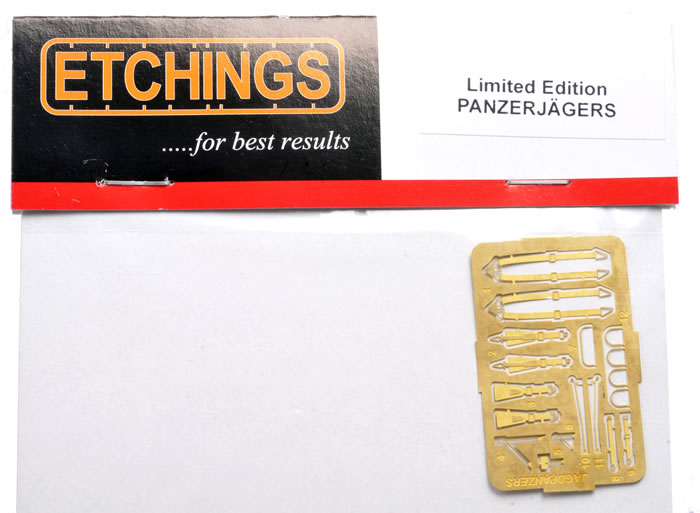
The wings are supplied as upper halves and a full-span lower section. All control surfaces are moulded in neutral positions.
A small sprue supplies eight Panzerfausts. Four are locked, and four are not. Four more Panzerfausts are included on the fuselage sprue, so you'll have plenty of spares.
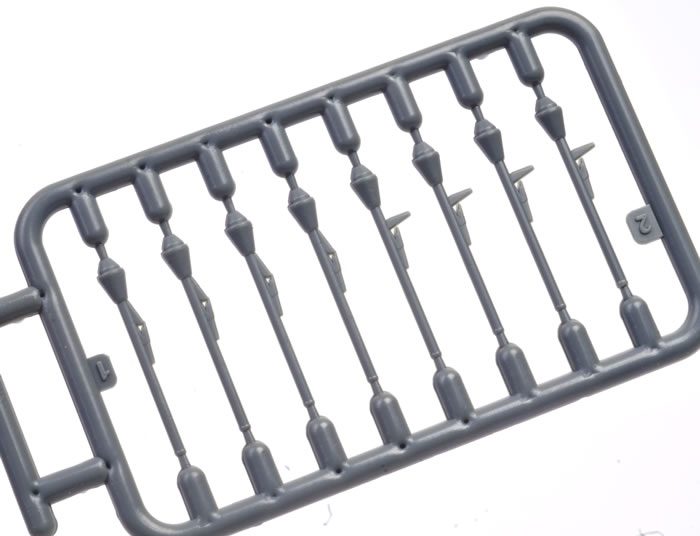
Bombracks and two bombs are also on the small sprue. These are applicable to one of the marking options in this box.
Two styles of wheels are provided, and there is the option of fully spatted main gear legs or legs with the lower spats removed (exposign the oleo scissors). It seems that the second option applies to all seven marking options offered with this version.
The canopy is moulded with a section of the upper nose, so smearing glue on the windscreen should not be a problem! The pilot and co-pilot's hatches are separate too, so you may pose the canopy open or closed.
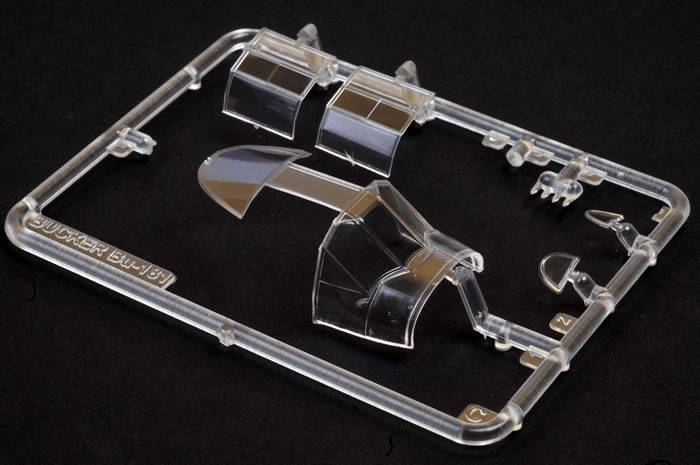
A really nice bonus inclusion is self-adhesive canopy and camouf;age masks. The canopy masks are especially welcome on this relatively complex glasshouse. These are made with Tamiya-style Kabuki tape. The camouflage masks are a thin vinyl material.
Markings
The decal sheet is printed by Dream Art. I haven't heard of this company before but the decals are sharply printed and registration is perfect.
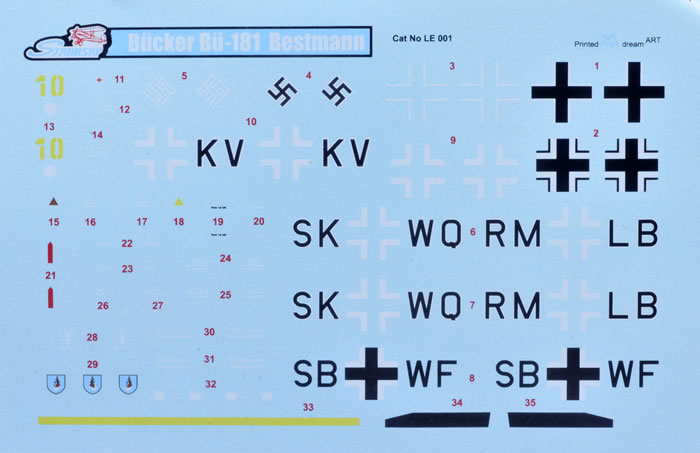
Markings are supplied for seven Luftwaffe machines wearing RLM 70 Black Green and RLM 71 Dark Green splinter camouflage on the upper surfaces with RLM 65 Light Blue below.
One of the options has two wide yellow blind flying bands on the fuselage. This one is not fitted with Panzerfausts!
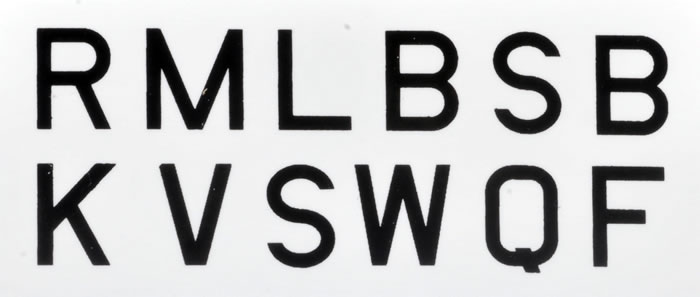
A small addendum sheet is included with more code letters.
Instructions are supplied in a glossy stapled 12 page booklet, laid out across 19 clearly illustrated steps. A guide for applying the canopy and camouflage masks is included, as are two full colour side views of each of the seven marking options.
Stransky's 1/48 scale Bu 181 "Panzerjagers" is cleanly moulded, features excellent moulding quality, subtle surface features, useful photo-etched parts and the inclusion of camouflage and canopy masks are a nice bonus.
If you have a few kits under your belt you won't have any trouble with the absence of locating pins. Just take your time aligning parts, test-fit frequently, and you'll have an attractive result.
Highly Recommended.
Thanks to Stransky Kits for the review sample.
Review Text and Images Copyright © 2017 by Brett Green
Page Created 24 April, 2017
Last updated
26 April, 2017
Back to HyperScale Main Page
Back to Reviews Page |
